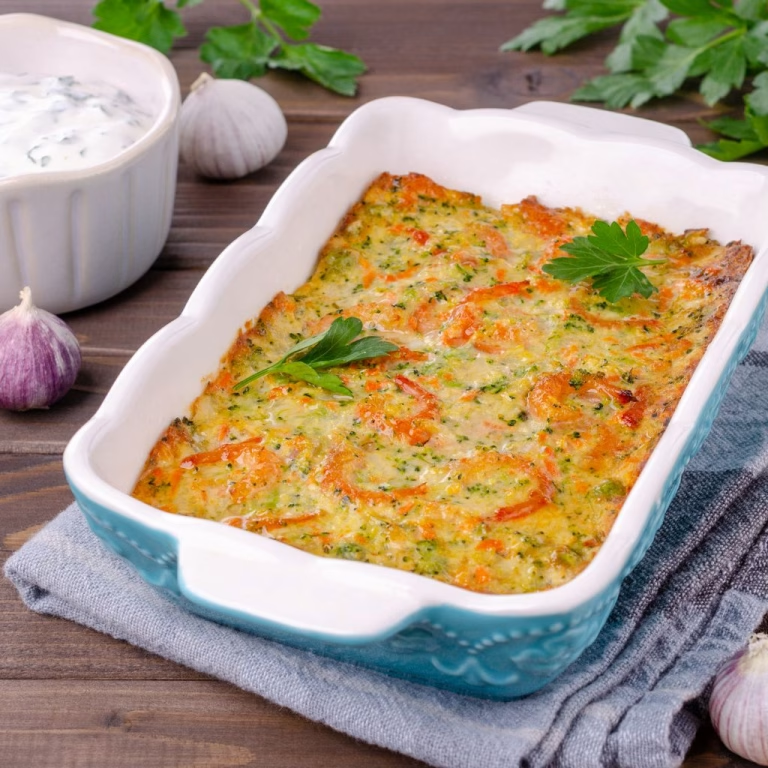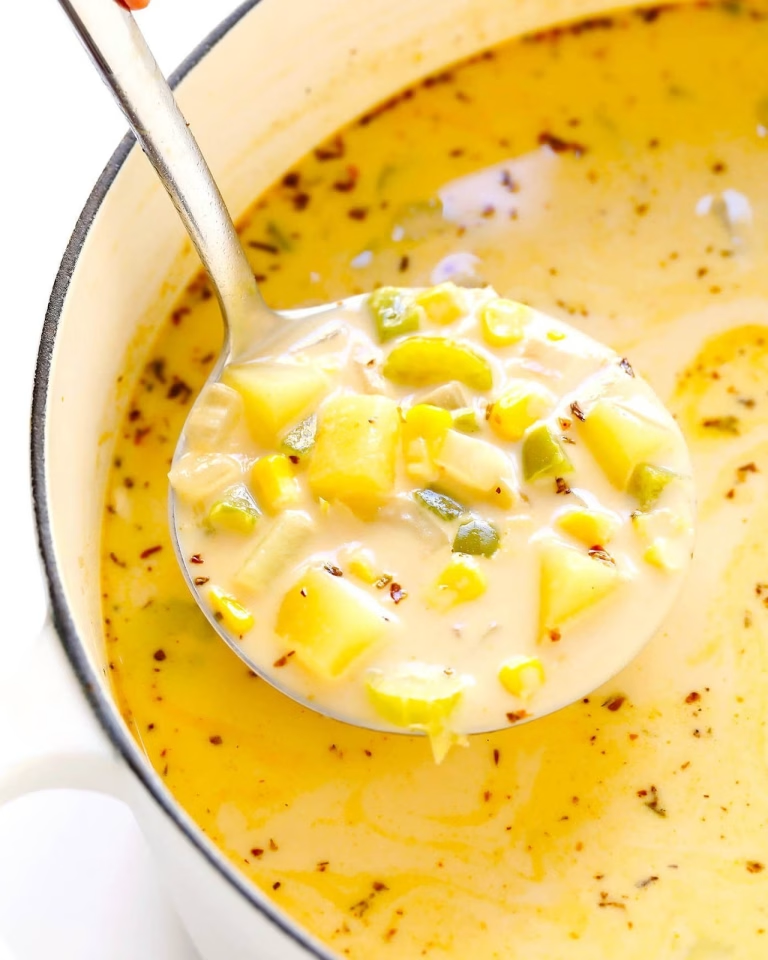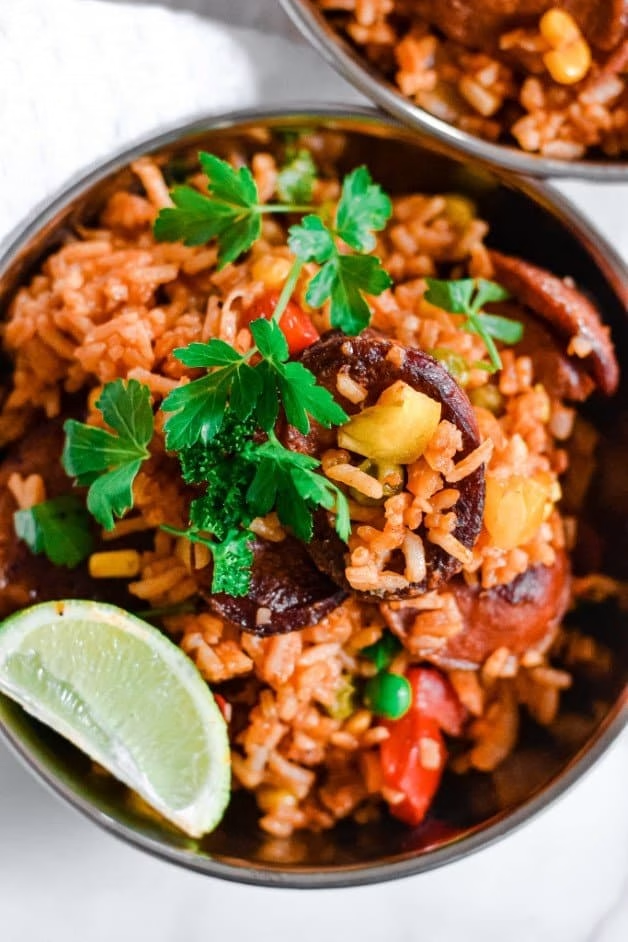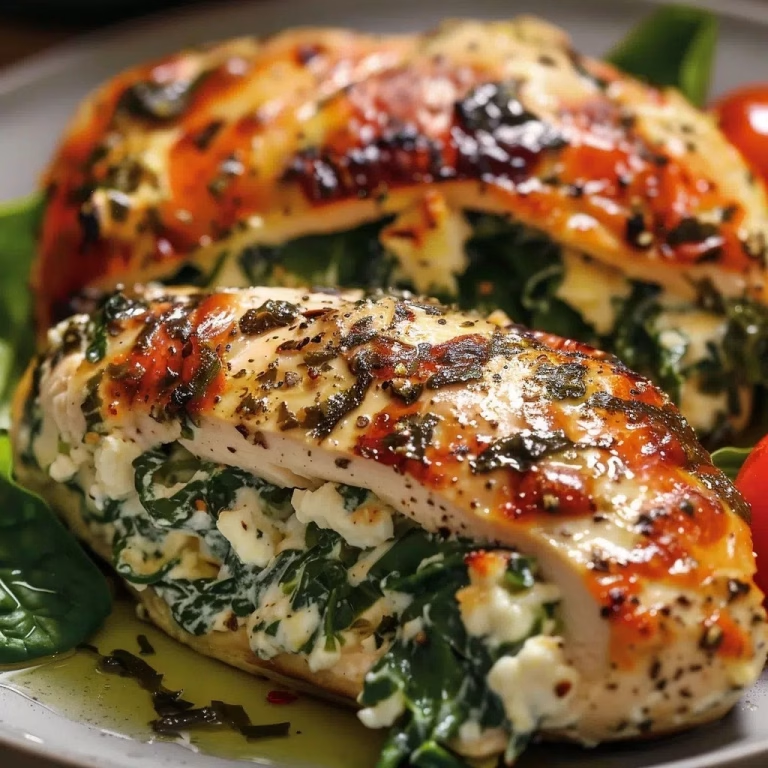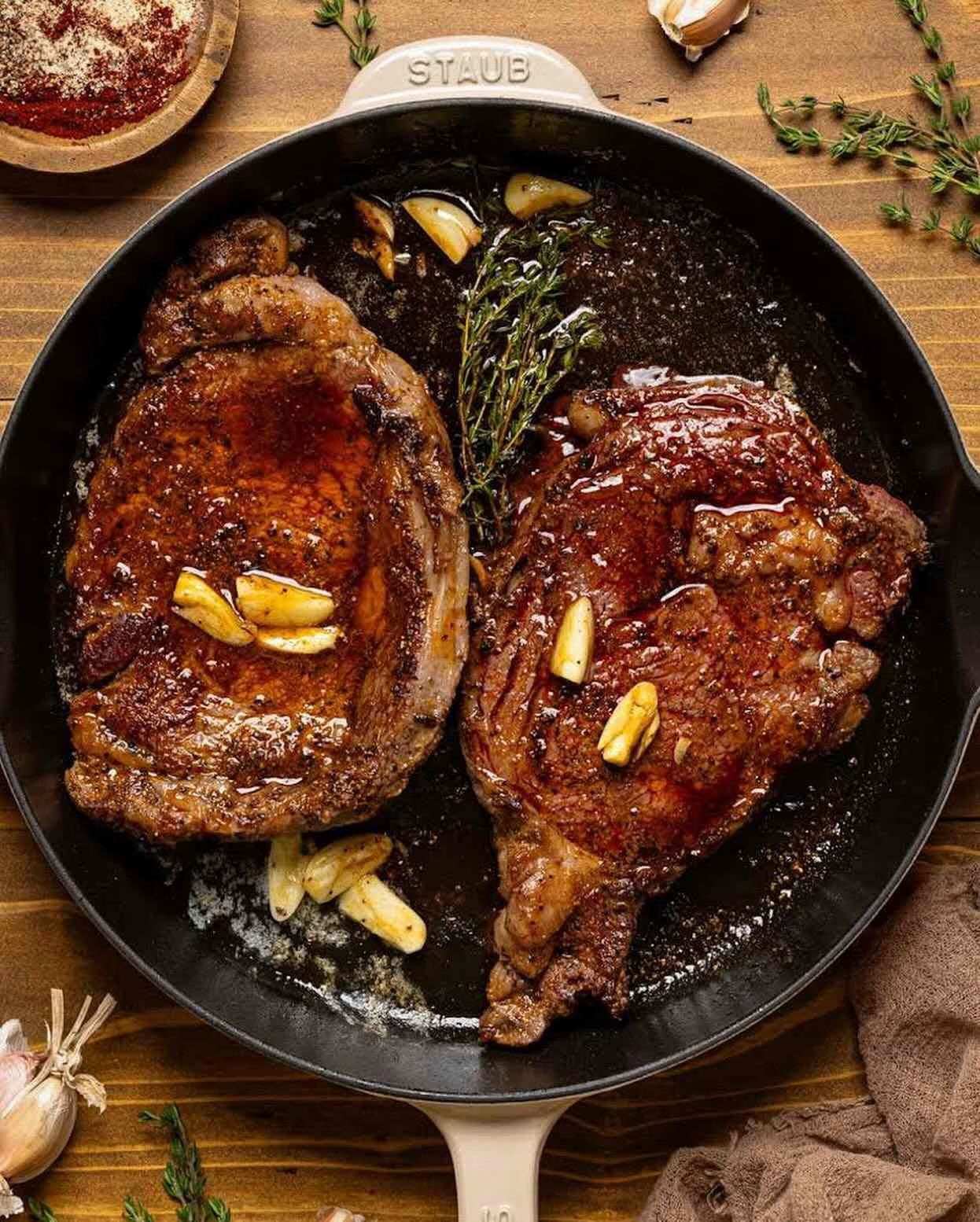
Introduction of Pan-Seared Steak Recipe
I still remember the first time I made this pan-seared steak—I felt like I’d just brought a steakhouse into my kitchen. The sizzle when the meat hit the hot skillet was music to my ears.
I was amazed at how easily I achieved that perfect golden crust while keeping the inside tender and juicy.
Once I added the rosemary garlic butter, it smelled so good I could barely wait to dig in. Trust me, if I can make this feel luxurious with just a few simple ingredients, so can you.
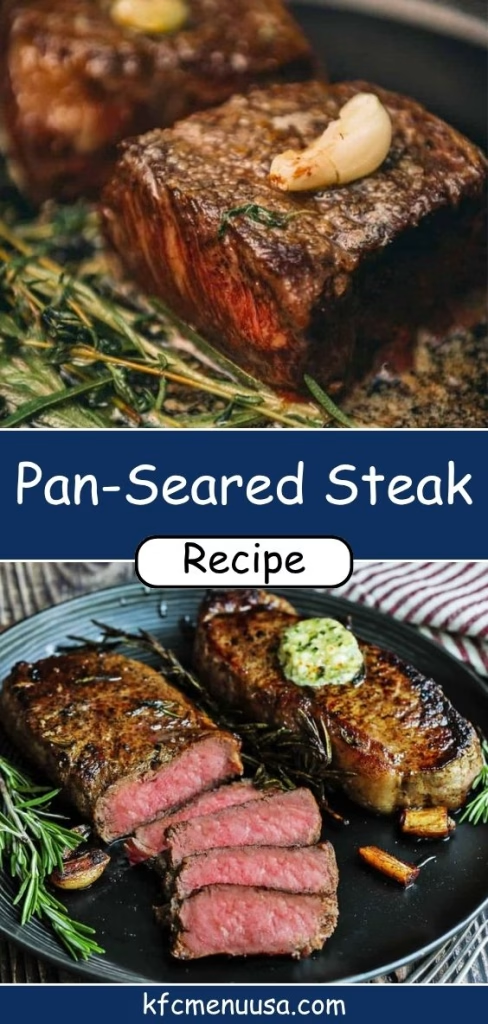
Ingredients
This recipe keeps things simple but full of flavor. Use fresh, high-quality ingredients for the best results.
- New York Strip Steaks – Go for well-marbled cuts like Ribeye or Top Sirloin if preferred. Avoid thin cuts as they overcook quickly.
- Vegetable oil – Use high-smoke-point oil like canola or avocado oil for proper searing.
- Sea salt – Coarse sea salt helps build a rich crust.
- Black pepper – Freshly cracked pepper adds a sharp, aromatic edge.
For the Garlic Butter:
- Unsalted butter – Use real butter for rich flavor; avoid margarine.
- Garlic cloves, quartered – Fresh garlic adds deep flavor as it browns in the butter.
- Fresh rosemary sprigs – Rosemary infuses the butter with herby aroma; avoid dried versions.
Note: Serves 2 generously. Adjust quantity if serving more.
Variations
Want to switch things up? Here are some fun and flavorful alternatives.
- Try thyme or oregano if you’re not a fan of rosemary. Both offer an earthy twist.
- Roasted garlic gives a sweet, mellow depth that’s perfect for garlic lovers.
- Dairy-free? Use olive oil or ghee in place of butter.
- Add zest with a touch of lemon juice or orange zest to brighten the flavor.
Cooking Time
Here’s how long it’ll take from prep to plate:
- Prep Time: 5 minutes
- Cooking Time: 15 minutes
- Total Time: 20 minutes
Equipment You’ll Need
Here’s what I used to make this dish flawless:
- Cast-Iron Skillet – For even heat and the ultimate sear.
- Tongs – Helps flip the steak without piercing it.
- Instant-Read Thermometer – Ensures you hit your perfect doneness.
- Cutting Board – Let the steak rest here before slicing to lock in juices.
How to Make Pan-Seared Steak?
With just a few steps, you’ll create steakhouse magic right in your kitchen. Take your time, and follow each step closely.
Prepare the Steak
I always start by patting the steak dry with paper towels—this helps the crust form better. Once it’s dry, I season it generously with coarse sea salt and freshly ground black pepper on both sides. Don’t season too early or the salt will draw out moisture.
Heat the Skillet
Get your cast-iron skillet smoking hot over medium-high heat. I add just enough vegetable oil to coat the bottom. Let the oil heat until it shimmers—this is your cue that the pan is ready for the steak.
Sear the Steak
Place the steak gently in the hot pan and listen to that perfect sizzle. Cook it without touching for about 3–4 minutes on the first side. Then flip and repeat for the other side. Don’t forget to sear the edges by holding the steak with tongs for about a minute.
Add Butter and Aromatics
Now reduce the heat a little and add your butter, garlic, and rosemary sprigs to the skillet. Tilt the pan and use a spoon to baste the steak continuously with the melted butter for 1–2 minutes. This step is key for building that rich, herby flavor.
Rest and Serve
Transfer the steak to a cutting board and loosely cover it with foil. Let it rest for at least 10 minutes before slicing. This helps the juices redistribute so each bite is incredibly tender and flavorful.
Additional Tips for Making This Recipe Better
Here are some personal tips I picked up along the way to make this recipe even more impressive:
- Bring steak to room temp: Letting it sit out for 30 minutes helps it cook evenly.
- Don’t crowd the skillet: Sear one steak at a time to keep the heat high.
- Use a thermometer: I aim for 130°F for medium-rare; it’s always accurate.
- Use a neutral oil: Oils like avocado or canola won’t burn at high temps.
- Let it rest: Resting makes all the difference in keeping it juicy!
How to Serve Pan-Seared Steak?
Presentation makes this meal even more special. Here are some serving suggestions I love:
Serve it with creamy mashed potatoes and a side of roasted asparagus for a classic combo. Want to go bold? Try topping your steak with blue cheese butter or chimichurri for a flavor boost. Sometimes I slice it and lay it over a crisp salad or tuck it into warm tortillas for easy steak fajitas. A little sprinkle of sea salt and fresh herbs on top really makes it pop.
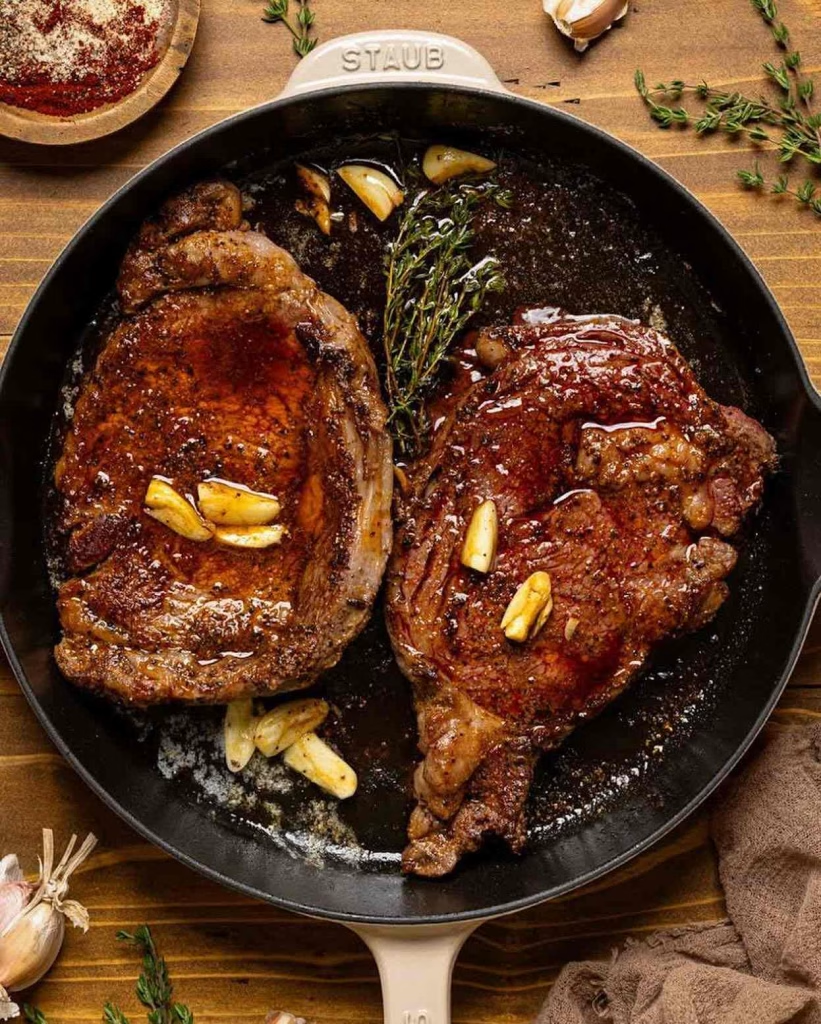
Nutritional Information
Here’s a quick snapshot of what’s in each serving of this savory dish:
- Calories: 542
- Protein: 46g
- Carbohydrates: 1g
- Fat: 40g
This is a hearty, protein-packed meal—perfect for a satisfying dinner.
Make Ahead and Storage
Whether you’re prepping ahead or storing leftovers, here’s how I keep everything fresh:
- Refrigerate: Store leftover steak in an airtight container in the fridge for up to 3 days. It stays flavorful and juicy.
- Freeze: Wrap the steak tightly in plastic wrap, then foil, and freeze for up to 3 months. Thaw in the fridge overnight before reheating.
- Reheat: To reheat, I like to warm the steak in a skillet with a bit of butter. This keeps it moist and revives the flavor.
Why You’ll Love This Recipe?
If you’re wondering what makes this steak recipe so special, here’s why I keep coming back to it:
- It’s elegant but easy: Even on a busy night, I can pull this off in under 30 minutes with just a few ingredients.
- No oven required: Everything happens on the stovetop, so it’s simple and doesn’t heat up the whole kitchen.
- Flavor-packed flexibility: You can switch up the herbs, butter, or even oils for endless variations.
- Steakhouse vibes at home: The crust, the juicy center, the garlic butter—it’s all here without the restaurant price tag.
- Works with any side: Whether I’m in the mood for veggies, potatoes, or even just bread, this steak fits in beautifully.
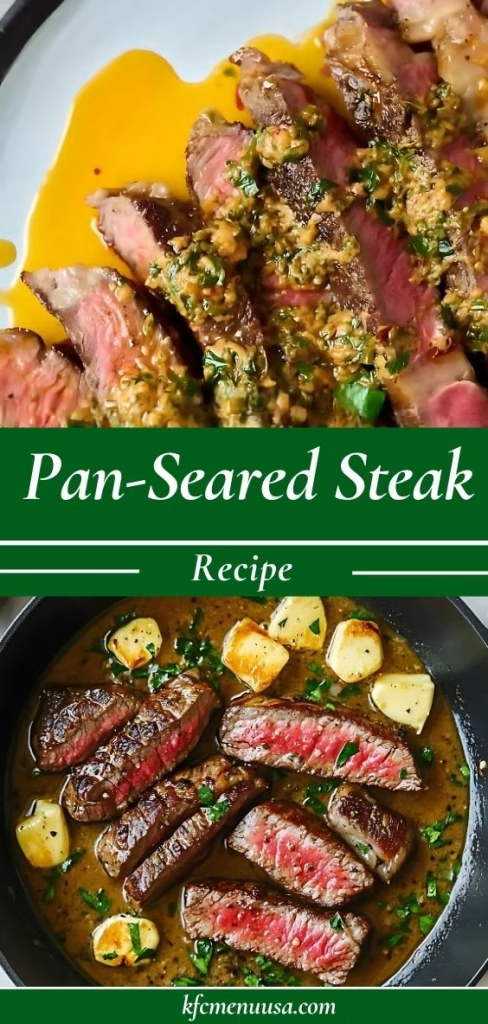

Pan-Seared Steak Recipe
Ingredients
Method
- I always start by patting the steak dry with paper towels—this helps the crust form better. Once it’s dry, I season it generously with coarse sea salt and freshly ground black pepper on both sides. Don’t season too early or the salt will draw out moisture.
- Get your cast-iron skillet smoking hot over medium-high heat. I add just enough vegetable oil to coat the bottom. Let the oil heat until it shimmers—this is your cue that the pan is ready for the steak.
- Place the steak gently in the hot pan and listen to that perfect sizzle. Cook it without touching for about 3–4 minutes on the first side. Then flip and repeat for the other side. Don’t forget to sear the edges by holding the steak with tongs for about a minute.
- Now reduce the heat a little and add your butter, garlic, and rosemary sprigs to the skillet. Tilt the pan and use a spoon to baste the steak continuously with the melted butter for 1–2 minutes. This step is key for building that rich, herby flavor.
- Transfer the steak to a cutting board and loosely cover it with foil. Let it rest for at least 10 minutes before slicing. This helps the juices redistribute so each bite is incredibly tender and flavorful.
Notes
- Bring steak to room temp: Letting it sit out for 30 minutes helps it cook evenly.
- Don’t crowd the skillet: Sear one steak at a time to keep the heat high.
- Use a thermometer: I aim for 130°F for medium-rare; it’s always accurate.
- Use a neutral oil: Oils like avocado or canola won’t burn at high temps.
- Let it rest: Resting makes all the difference in keeping it juicy!

